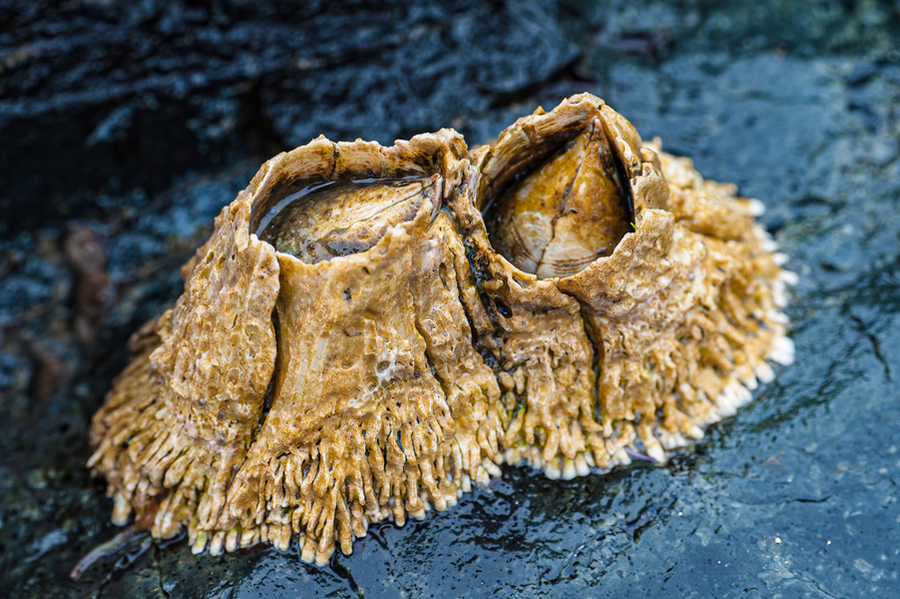
Credits:Image: stock photo
A new adhesive that mimics the sticky substance barnacles use to cling to rocks may offer a better way to treat traumatic injuries. Inspired by the sticky substance that barnacles use to cling to rocks, MIT engineers have designed a strong, biocompatible glue that can seal injured tissues and stop bleeding.
The new paste can adhere to surfaces even when they are covered with blood, and can form a tight seal within about 15 seconds of application...
Read More








Recent Comments